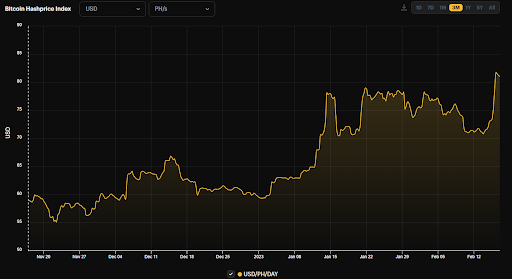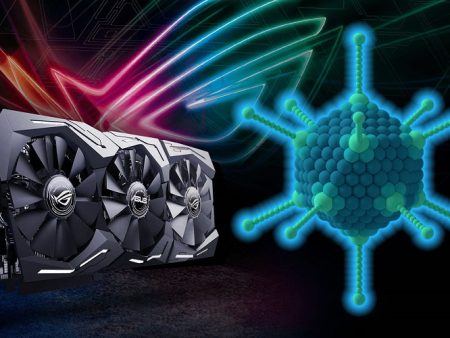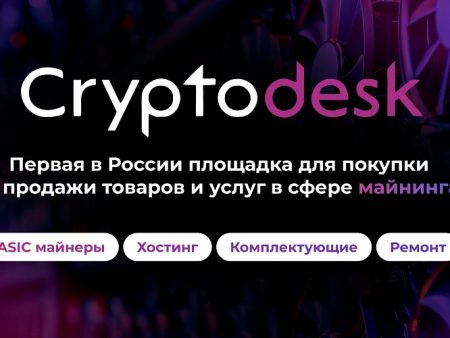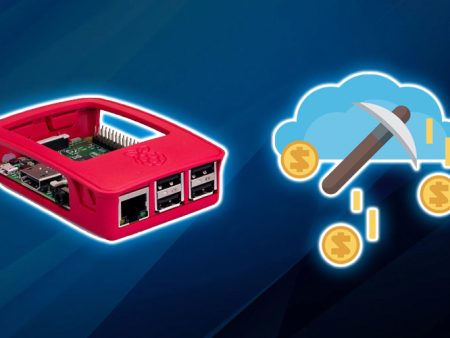
The profitability of coin mining is unstable. There are several reasons why an asic does not mine much: the state and settings of the hardware, as well as the blockchain algorithms. If the profit is getting smaller, it is important to check the farm and ASIC stability of the coin being mined.
Reasons why an asic is not mining enough
The table shows common problems that cause the hash rate of the farm to decrease and how to solve them.
| Failure description | Cause | How to fix |
|---|---|---|
ASIC stability
This is the name of a feature of the blockchain mining algorithm, which reduces the efficiency of asics when mining cryptocurrency. If the developers of the network set up resistance to such equipment, then the ASIC will begin to yield in hash rate even not the most powerful video cards.
Creators of new crypto coins, adding resistance, are pushing back against the idea that asics can threaten the decentralization of the system. Integer circuits can capture a larger share of the total hashrate, opening up the possibility of a 51% attack. Verge and Ethereum Classic have previously faced such a hack.
In June 2016, ETC hackers exploited a vulnerability in the protocol and were able to steal 4 million coins, which were worth $50 million at the time. Later, the blockchain was attacked by the White Hat team, which stole another 7 million ETC. To address the vulnerability, developers updated security protocols and changed ASIC efficiency to achieve greater decentralization.
Using these networks as an example, it became clear that small and medium-sized blockchains are at risk of monopolization. The introduction of resilience makes mining, on the one hand, more accessible (competition without ASICs becomes lower), but on the other hand, it prevents monopolists from gaining power over the lion’s share of hashrate.
5020 $
bonus for new users!
ByBit provides convenient and safe conditions for cryptocurrency trading, offers low commissions, high level of liquidity and modern tools for market analysis. It supports spot and leveraged trading, and helps beginners and professional traders with an intuitive interface and tutorials.
Earn a 100 $ bonus
for new users!
The largest crypto exchange where you can quickly and safely start your journey in the world of cryptocurrencies. The platform offers hundreds of popular assets, low commissions and advanced tools for trading and investing. Easy registration, high speed of transactions and reliable protection of funds make Binance a great choice for traders of any level!
Why mining revenues in Russia have started to fall
Coin mining is no longer a business with predetermined success, as the bull cycle has ended and interest in cryptocurrencies has declined. In 2022, after Ethereum moved to Proof-of-State consensus, miners moved to other blockchains. This had a negative impact on the revenue of miners, especially single miners.
According to Luxor’s Hashprice Index, overseas mining profitability fell by about 20% in November-December 2022. The coins mined are barely enough to cover electricity bills and equipment repairs.

In Russia, the issue of profitability is even more acute, since income depends in part on the value of the dollar against the ruble. After exchanging the mined cryptocurrency for fiat and realizing monthly payments, miners began to receive less than before, while maintaining the hash rate and the number of rewards for creating a block.
Using asics running on the SHA-256 algorithm to mine BTC will pay off only if the device’s capacity is more than 50 TH/s, and the kW of energy per hour is up to 3 rubles. If utility costs are higher, then even Antminer L3+ will work at a disadvantage.
However, this is no reason to sell off the equipment and go out of business. The bear cycle is a time to save assets, when it is possible to build an inexpensive farm and accumulate coins. Compared to the peak prices (10-18 thousand dollars) ASIC devices have fallen in price by 50-70%.
Although mining in the negative is possible during the current stage, the transition to the bear cycle will allow you to recoup your investment thanks to the increase in cryptocurrency prices.
Solving problems with Antminer S7, S9, L3+
In order not to encounter common Antminer asics problems, it is important to properly install and configure the farm. Most failures are due to the negligence of the user himself.
Setting up the asic
After assembly, configuring the farm starts with determining the network address. To do this, you need to connect the hardware to the Internet, and then:
- Enter the IP address of the ASIC.
- In the panel, open the Miner Configuration section.
- Enter the pool address and password to access the mining service.
Before starting the process, you need to configure the cryptocurrency mining parameters. Opposite the function “Stoprunningwhentempreratureisover 80” should be checked. Then the ASIC will automatically shut down if the temperature of the circuit reaches a critical value.
Also in the settings you can adjust the clock frequency of the device. The instructions indicate the allowed technical parameters, which should not be exceeded. Antminer S9 is able to work within 600-650 MHz.
Installation Features
Collecting and using your own farm, you need to adhere to a few rules:
- Do not put the miners close to the walls, so that there are no obstacles to cooling the equipment.
- Before connecting, check whether there are extraneous sounds when turning the device over.
- Do not exceed the allowable load on the wiring in the room to avoid power outages. In ordinary apartments, the power is 10-11 kW.
How to detect and remove a non-working hash board
If the asic does not mine much, and the statuses “X”, “-” appear in the console, it is worth carrying out a diagnosis of the board. To pull it out, you need to:
- Unscrew the bolts on each side.
- Remove the wires from the ports and remove the controller board.
- Pull the non-working part towards yourself.
Which asic to choose for mining
To open blocks and take the reward first, the user needs a powerful farm that can perform calculations faster than other miners. In 2023, the following asics are relevant:
- BM1397
- BM1387
- BM1746AA
- BM1760
- BM1383.
Learn more about selection rules and the best options in “ASIC chips for mining”.
Frequently Asked Questions
🔔 Which cryptocurrencies have ASIC resistance?
Monero, Safex Cash, Ravencoin, and Ethereum Classic coins have resistance configured.
📢 How many years can asics work without loss of hash rate?
The warranty period of the equipment is 4-6 months, and in practice the device can work for more than 2 years. The period depends on the settings of the equipment, temperature and quality of the power supply.
✨ Is it possible to bypass ASIC resistance?
It is possible, but blockchain developers regularly change algorithms to prevent new devices from mining coins to their full potential. For example, the Antminer X3 for Monero mining became ineffective even before it appeared in stores.
⚡ How to overclock an ASIC?
Miners raise the hash rate using the built-in ASIC Boost function, Turbo mode. Custom firmware that allows you to overclock your hardware without restrictions, such as Vnish, will also work.
🔥 What temperature of the asic should be kept?
During operation, the chips should warm up to 70-75°C and the boards to 45-50°C. Temperatures above 80°C will cause hash rate drops and accelerate component wear.
Wrong text? Highlight it with your mouse and press Ctrl + Enter
Author: Saifedean Ammous, an expert in cryptocurrency economics.














